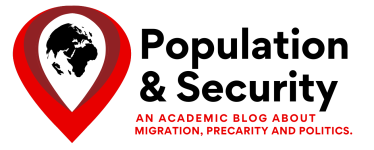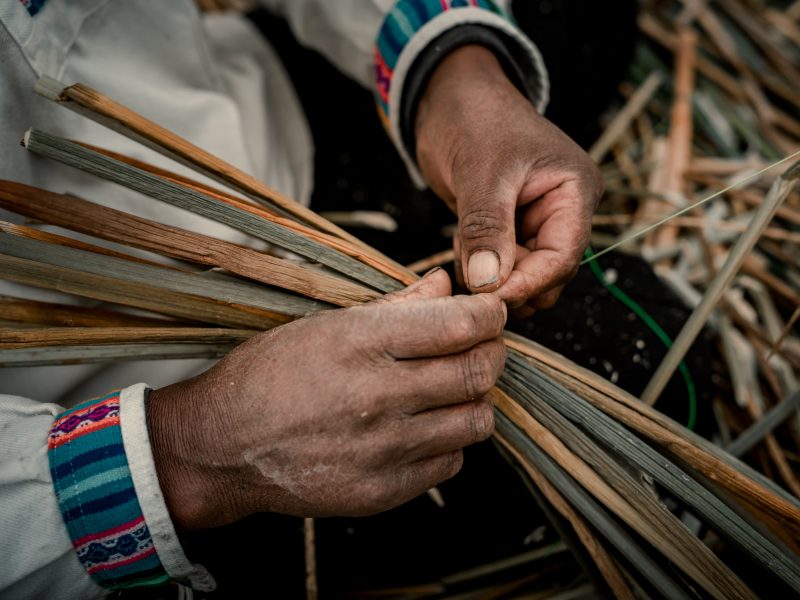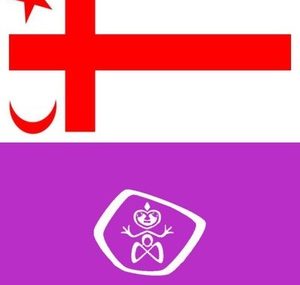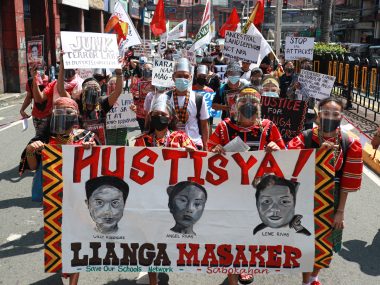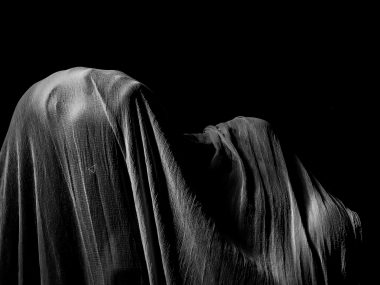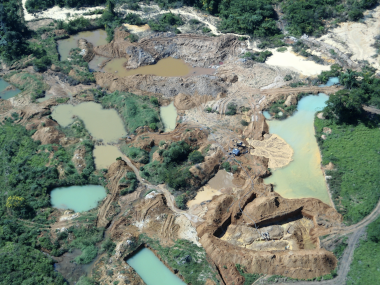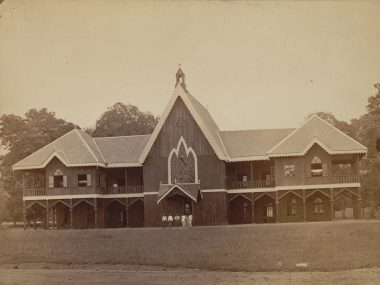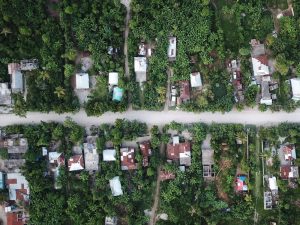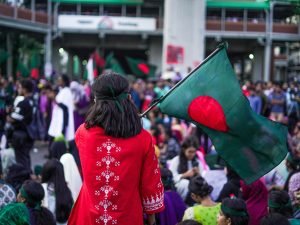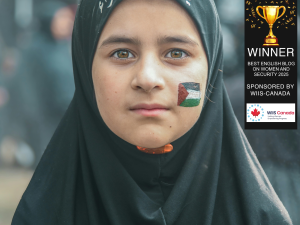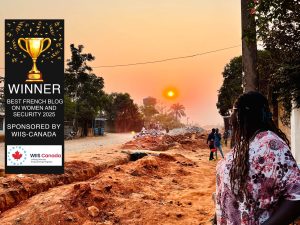The provincial government of Newfoundland and Labrador (NL) often boasts about its people’s diverse and accepting culture, which is a blend of European and Indigenous ancestry. However, the provincial government is less keen to acknowledge the diverse perspectives of Indigenous people in the province, especially when their views challenge widely prevalent settler narratives. How does the lack of Indigenous representation in NL public education, as well as outdated heritage initiatives, affect Indigenous cultural safety and security in the province?
Culturally Safe and Secure? Indigenous Peoples in Newfoundland and Labrador
Cultural safety refers to protecting, preserving, and promoting individuals’ and communities’ cultural identity, practices, and traditions, whereas cultural security is the obligation of policymakers to ensure that cultural needs are met for all groups involved—especially for Indigenous rightsholders. Thanks to the implementation of Indigenous self-government, the Indigenous people in NL have improved their ability to protect, preserve and promote their cultural identity, practices, and traditions. However, this has not always been the case; unlike the rest of Canada, the provincial government did not recognize Indigenous people in NL under the Indian Act, which holds the federal government responsible for supporting health, education, and other social services for Indigenous peoples based on agreements pre-dating the creation of Canada between the Crown and Indigenous Nations.
It bears saying that the Indian Act is highly contentious—while it provides legal footing for Indigenous representation and access to treaty rights, it also gave the federal government power to cause indisputable harm to Indigenous communities across Canada, as the Residential School system has made painfully clear. As such, Indigenous peoples recognized under the Act were not always more culturally safe and secure than those not classified under the Act. Many Indigenous communities throughout the country still face systemic barriers, such as lack of access to food, clean water, health care, education, and housing, and increased discrimination and violence, especially against Indigenous women, girls, and 2SLGBTQIA+ individuals.
After Confederation in 1949, NL slowly started to recognize the autonomy of Indigenous peoples throughout the province, beginning with the Miawpukek First Nation in 1987, and later including Nunatsiavut in 2005, the Innu Nation in 2006, the Qalipu First Nation in 2011, as well as the ongoing discussions surrounding NunatuKavut since 2018. While strides have been made, the present-day cultural safety and security of Indigenous communities in NL requires much work before true reconciliation can be achieved. Proper cultural security can only be attained when those obligated to create culturally safe and respectful policies listen intently to Indigenous perspectives, including Indigenous realities and histories when discussing provincial history. Unfortunately, Indigenous communities still combat harmful colonial narratives perpetuated in public education and heritage exhibits throughout the province.
Two-Eared Listening and Two-Eyed Seeing
Indigenous perspectives must be acknowledged by policymakers and those in positions of power with the same validity as settler accounts to truly move toward proper cultural security. Two-Eared Listening and Two-Eyed Seeing, two concepts coined by Mi’kmaq Elders, can be helpful in restoring provincial narratives to include both settler and Indigenous perspectives.
Two-Eared Listening, developed by Saqamaw (Chief) Mi’sel Joe of Miawpukek First Nation, Ktaqmkuk (Newfoundland), comes from the notion that people have two ears and one mouth, so we must listen twice as much as we speak. Such listening entails being attentive without judgment, thus promoting understanding and openness between parties.
Two-Eyed Seeing, developed by Drs. Elder Albert and Elder Murdena Marshall of Eskasoni First Nation, Unama’kik (Cape Breton Island), is an approach that combines Indigenous Knowledge and Western Knowledge to gain a more holistic and balanced understanding of the world. Two-Eyed Seeing is based on the notion that we have two eyes; one eye to view the world through an Indigenous lens and one eye to view the world through a Western lens.
Both ideas encourage people to consider diverse narratives and perspectives—not just the settler or Indigenous side of the story—showing that diverse experiences provide the most significant learning opportunities. As well, it gives individuals ample tools to be successful in the future.
Moving Toward Cultural Security: Implementing Two-Eared Listening and Two-Eyed Seeing in Education and Heritage
Indigenous ways of knowing, including Two-Eared Listening and Two-Eyed Seeing, should be implemented in education and provincial heritage initiatives in NL as a starting point for Indigenous cultural security. Both Two-Eared Listening and Two-Eyed Seeing call for recognizing and respecting multiple perspectives on a given situation, allowing listeners and viewers a broader outlook to deal with a given situation.
Currently, students in public schools throughout the province have an insufficient understanding of Indigenous histories and current affairs in the province—as evidenced in a 2017 study that found that curricular documents often include outdated (mis)information about Indigenous peoples and their histories. For instance, the fact that the Mercenary Myth (a popular misconception that the Mi’kmaq were brought to Newfoundland Island by settlers to eradicate the Beothuk) was taught until the 1990s in NL schools demonstrates how provincial education neglects to teach students Indigenous histories in school and favors colonial narratives—even when historical records do not support them.
It is important to note that, according to NL’s social studies curricula, steps have been made towards including Indigenous history in K-12 education, with all 15 available documents mentioning Indigenous terminology in some way. However, significant language updates, development of teacher support, and incorporation of Indigenous perspectives are needed before the curricula meet the recommendations of the Truth and Reconciliation Commission of Canada’s Calls to Action on education. Further research is also necessary as despite mentioning Indigenous topics in all curricula, first-year university students still lack knowledge of Indigenous histories in this province.
Likewise, visitors to NL’s non-Indigenous-led museums are presented with little information regarding exhibits on Indigenous histories—often just a panel or a few artifacts. Institutions showcasing Indigenous histories often only show the colonial perspectives developed without Indigenous consultation. For example, The Rooms’ “Connections: This Place and Its Early Peoples” exhibit presents Indigenous peoples alongside extinct plants and animals, heavily implying Indigenous peoples are a relic of the past and that “there are no first peoples of Newfoundland“—a popular colonial narrative in the province.
What Way Forward?
Poor representation of Indigenous histories and perspectives in provincial education and heritage initiatives jeopardizes Indigenous cultural safety by silencing Indigenous perspectives, especially those that challenge colonial narratives. By following the framework of Two-Eared Listening and Two-Eyed Seeing, and including Indigenous voices in education and heritage spheres, government officials could take steps toward fulfilling their duty to ensure Indigenous communities see cultural safety and security throughout the province. NL may look to Nova Scotia for their application of Two-Eyed Seeing in university education and Australia for their use of Two-Eyed Seeing in heritage initiatives.
It is important to welcome openly Indigenous perspectives when exploring Indigenous and settler history, especially in formal education and heritage initiatives that are often solely told from the settler point-of-view. Doing so will help build a more inclusive understanding of our past for a more culturally secure future for all.
